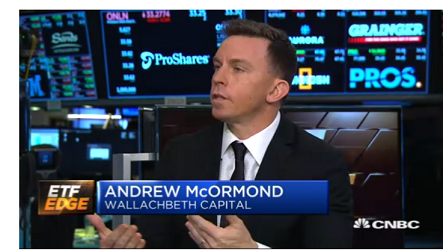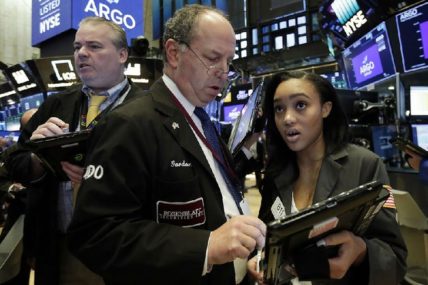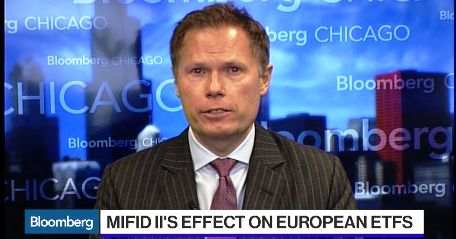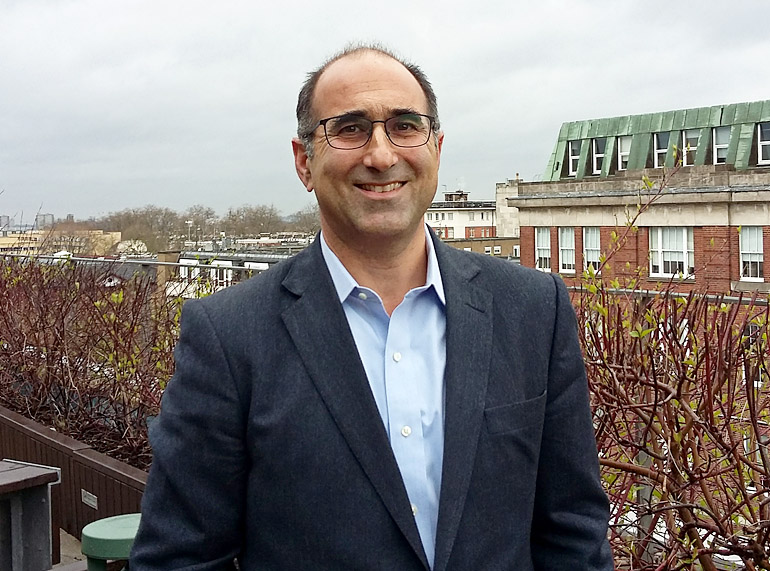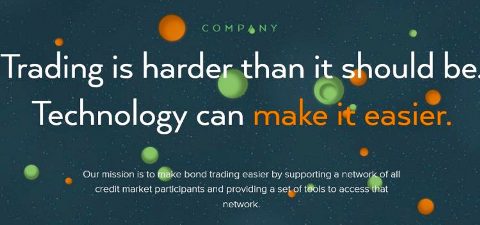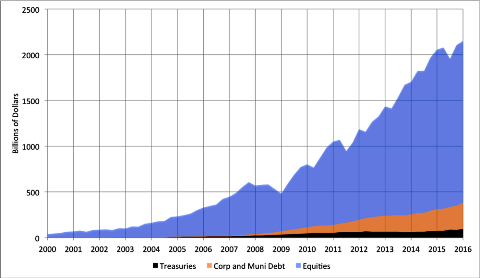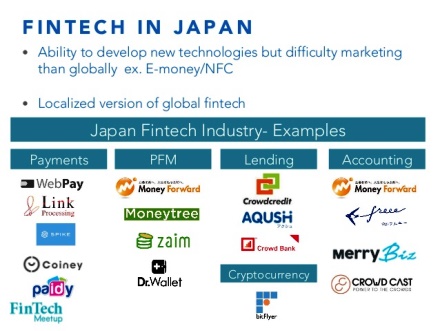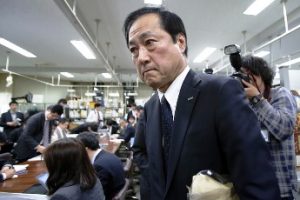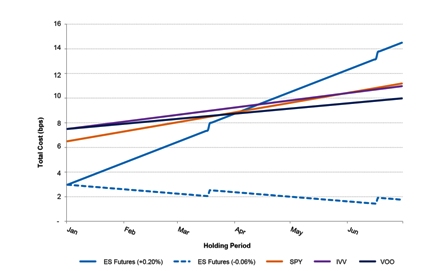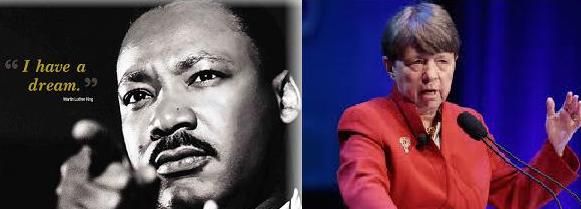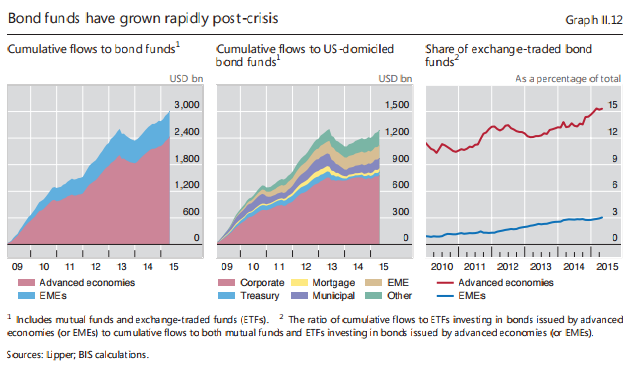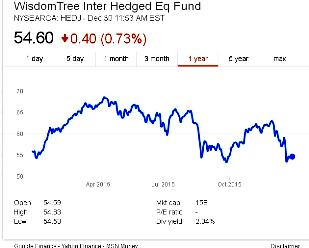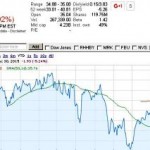ETFs $HONR and $VETS advance an intriguing investment thesis: companies that stand up for military veterans outperform their peers.
Much like the view that women-led VC firms tend to outperform their male-dominated competitors, the thesis for investing in a culture-centric portfolio of companies is an approach now used by a broad spectrum of leading institutional investors. Dubbed “ESG” (Environmental, Social and Governance), the acronym refers to the three central factors in measuring the sustainability and ethical impact of an investment in a company or business. According to proponents, these criteria help to better determine the future financial performance of companies (return and risk). Of the 1500+ exchange-traded funds, only a small percentage provide a vehicle by which investors can express their interest in companies based on their cultural criteria. And, within the context of a thematic ETF comprised of companies that stand-out with respect to their leanings towards military veterans, there are only two ETFs to choose from.
Offering accolades to public companies that stand out for recruiting and supporting military veterans as well as active service members is no longer just a virtue, it is, according to more than a few experts, a winning investment strategy. Insightshares led the charge with the launch last January of InsightShares Patriotic Employers ETF (NYSEARCA:HONR), which is comprised of approximately 100 constituents and comes with an expense ratio of 0.65%. In April of 2018, ETF firm Pacer introduced The Pacer Military Times Best Employers ETF, $VETS–an index of 37 companies that is heavily-weighted with financial, industrial and information technology companies has an expense ratio of 0.60%
Truth be told, the performance for both of these funds correlates to the S&P 500, the distinction is an investment in these ETFs includes a proxy to support carefully-vetted veteran-centric philanthropies, as both donate 10 percent of the management fee to military-related charities.
Matt Villarreal, Head of Equity Trading for Mischler Financial Group, the industry’s oldest broker dealer owned & operated by Service-Disabled Veterans stated, “The constituents of the two respective veteran-centric ETFs include the most recognized and most widely-held Fortune corporations, which infers overall performance will correlate to major indices. The thesis that select companies that occupy thought-leadership positions when it comes to hiring military veterans and having former military officers in senior roles is easily defended. Companies that prominently support the military veteran community generally have higher employee morale and evoke higher customer embracement when compared to peers. The best part of these ETFs is they also have a dedicated mission to support veteran philanthropies, which proves crucial to the folks who have put themselves in harm’s way to protect the rest of us.”
Rich Cea, Head of Insightshares provides his perspective courtesy of a recent FOX Business Interview:
Continue reading


